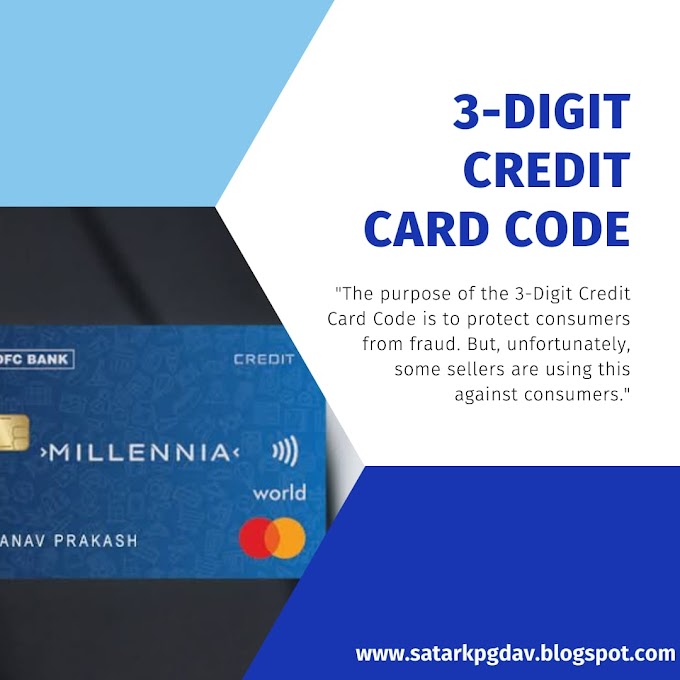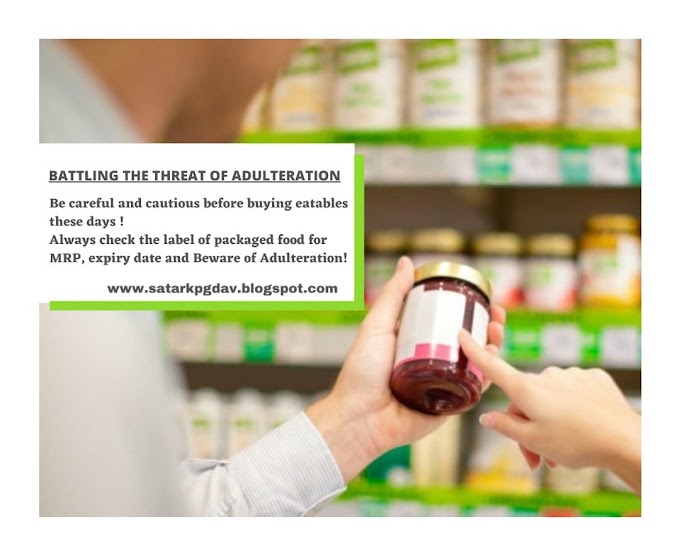Digital is currently one of the most convenient and favoured platforms for availing services and making purchases. With the rising frequency of online purchases, the need to protect our payment information on merchant websites has increased too.
Over the past few years, India has seen a tremendous rise in the adoption rate of digital payments with digital transactions growing 80% in 2020 and Unified Payment Interface transactions up by 70 times in the last four years. In offline world, debit card and credit card swiping scams can affect anyone who uses their cards at places like gas stations, ATMs, retail stores, and restaurants. Thieves install card skimming devices on card readers that collect your card number and steal your information. Thus, as the volume of digital transactions has expanded, so too have financial fraud and data breaches.
India needs more secure online payment standards alongside an increase in digital payments. The RBI has taken a step forward by introducing tokenization. Card-present, card-not-present, or hybrid transactions all require excellent security to reduce the risk of unauthorized access to cardholder account data and to avoid cross-channel fraud. Tokenization holds a lot of potential for meeting this necessity. It is the process of substituting card details with a distinctive collection of characters, or a token, that enables payments to be handled without disclosing any sensitive card information that could potentially compromise customer security and privacy. The original number associated with the token only belongs to the token provider making it nearly impossible to decode this number.
Tokenization's main goals are security and risk reduction, but the compliance benefit of using tokenization to reduce controls and remove sensitive data from scope can be just as valuable. However, these tokens include no information valuable to thieves, also the code cannot be reverse engineered because there is no process to change the token back.
These six easy steps will help you tokenize your card
Step 1: Start.
Visit any e-commercial merchant website or application to make a purchase and start a payment transaction.
Step 2: Choose your card.
During check out, enter details of your debit, credit card saved earlier as payment method and enter other details.
Step 3: Secure your card.
Select the option "secure your card as per RBI guidelines" or "tokenize your card as per RBI guidelines".
Step 4: Give consent to create token.
Enter OTP sent to your mobile phone or email by your bank and complete the transaction.
Step 5: Generate token.
Your token has been generated and saved instead of actual details of your card.
Step 6: Tokenised.
When you visit the same website or application again, the last four digits of your saved card are displayed to help you identify your card for doing the payment. Tokenised!
Once your card is tokenized, and if it is replaced, renewed, reissued, or upgraded, you have to recreate a token for transactions on the merchant sites.
By eliminating the need to repeatedly enter your card information during checkout; this idea would speed up customers' digital purchasing experiences while simultaneously enhancing security and reducing trouble. Tokenization hence brings into reality the vision of a world with reduced online and digital data breaches.
STAY SMART AND STAY SATARK!
Blog By~ Akshita Jain








0 Comments